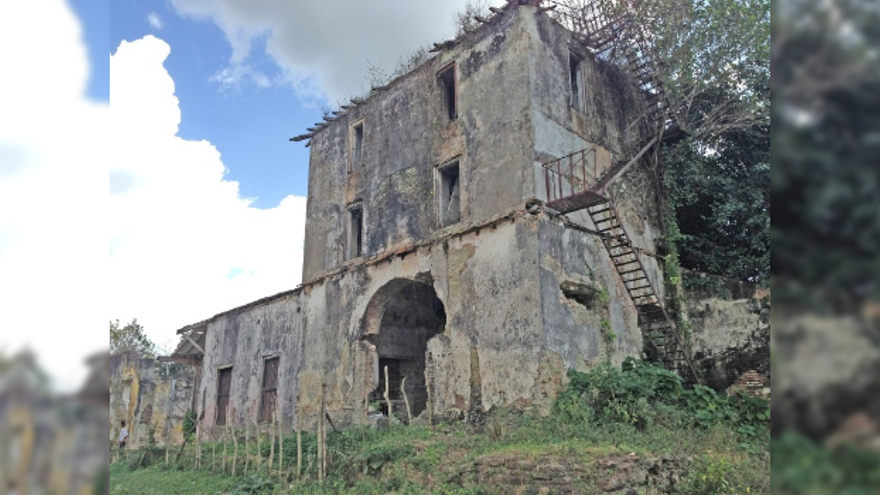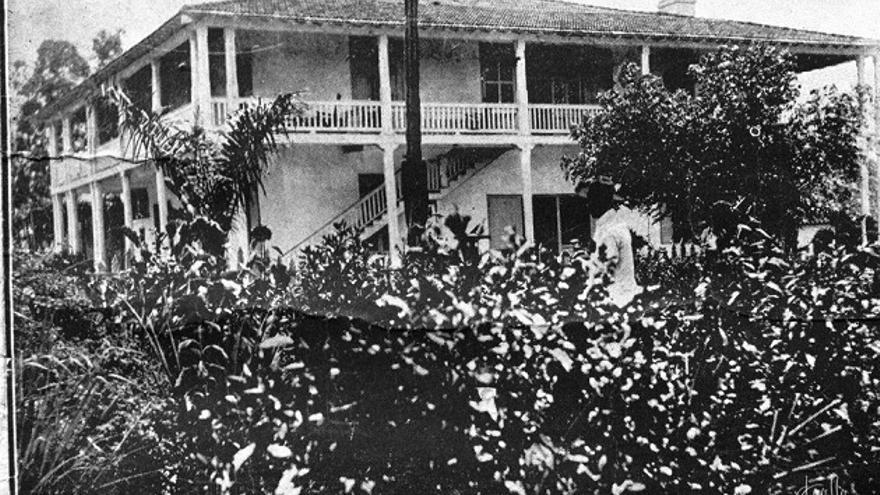
![]() 14ymedio, Havana, 22 September 2023 — The Cuban authorities, who have witnessed the failure of one sugar harvest after another in recent years, have been convinced that the sugar mills in Cuba are more profitable being in ruins. This Friday, the official press announced that the Carolina mill, once the largest sugar mills in Cienfuegos and abandoned for decades, will be converted into a tourist complex.
14ymedio, Havana, 22 September 2023 — The Cuban authorities, who have witnessed the failure of one sugar harvest after another in recent years, have been convinced that the sugar mills in Cuba are more profitable being in ruins. This Friday, the official press announced that the Carolina mill, once the largest sugar mills in Cienfuegos and abandoned for decades, will be converted into a tourist complex.
According to the newspaper 5 de septiembre, several researchers from the University of Cienfuegos and the state company Tecnoazúcar created the Carolina project: Sugar, Tradition and Culture, an initiative that aims to turn the old factory and its neighboring communities into a “tourist and heritage destination,” in addition to “enriching the city tourism” of Cienfuegos. However, those who promote it have not said a word about a fundamental question: Where will the money come from to finance the plan?
For months, both institutions have been collaborating in the evaluation of the area and its development opportunities. Expectations are high: the construction of a heritage interpretation center, a “ranch-style-cafeteria” with a varied menu that includes gastronomic versions of the “dishes that the blacks prepared in the barracks,” walking and horseback riding trails, and the enabling of a boat route along the Damují River, “where the honey produced in that industry traveled.”
According to the academic, the population of Carolina “requires the intervention of the Government”
Norcaby Pérez, professor in the Department of History of the Cienfuegos University and part of the project team, explained to the press that the diagnostic stage is currently being completed. “We have made visits for the recognition of the values that exist on the site, and we need to return again to interview the neighbors of the community,” he said.
According to the academic, the population of Carolina “requires the intervention of the Government, especially in the barracks that still maintain the fortress, in order to improve people’s living conditions.” Until now, no government institution had been interested in giving life to the town of Cienfuegos, but with the proposals of the authorities to increase tourism, officials expect state funds to appear easily.
The situation of the Carolina “colossus,” founded in 1835 by the American William Hood Clemens to take advantage of the sugar glory of the Island during that century, was practically unknown in the province for its sugar-mill heritage until the project emerged.
Now, the authorities, who noticed the architectural and historical potential of the mill, intend to take advantage of even the remotest ruin to attract foreigners, but the residents of the area have viewed the government’s offer with suspicion.

“Today in Carolina, there are the remains of the period’s constructions and the machinery. Although not everything can be saved, the purpose is to rescue as many objects as possible and preserve them. We know that some things, even the belongings of the mill’s founder, are in the hands of the inhabitants of the settlement, who allege that they will only deliver them when they see a concrete transformation of the place where they live,” Pérez explained.
The conversion of abandoned sugar mills into tourist landscapes has been a common practice since the 1990s, when the fall of the Soviet Union and the end of its subsidies to Cuba led Cuba into a serious financial crisis, forcing the Island to close more than a hundred of the 176 active sugar mills. Since then, the debacle has worsened every year. During the 2023 spring harvest, barely 22 sugar mills joined the grinding.
The Patria sugar mill, located several miles from Morón (Ciego de Ávila), is another mill that was converted to attract tourists, who now enjoy “tradition and peasant gastronomy,” as well as a ride on a “train of the time.” The Valley of the Sugar Mills in Trinidad, where the large colonial mansions are still preserved, has suffered the same fate, as has the Hershey plant in Mayabeque, founded in 1916 by Milton S. Hershey, creator of the famous chocolate brand of the same name.
The American tycoon, who set out to exploit the sugar industry in Cuba with the purpose of growing his chocolate business, built one of the largest sugar planting and production complexes on the Island, going so far as to build a “city” for its workers with a social club, a cinema and a baseball stadium. The businessman also introduced in Cuba the first electric train with which he moved his sugar to the ports of Matanzas and Havana, and from there to Pennsylvania, where the famous chocolate factory was located. To this day, the vehicle is still the only electrically operated vehicle that exists on the Cuban railroads.
In addition to the sugar mills, other Cuban industries, once the most successful on the Island, have suffered a tourist metamorphosis. This is the case of the historic Angerona coffee plantation (province of Artemisa), which was the largest in Cuba, having an endowment of up to 450 slaves and 750,000 coffee plants.
Translated by Regina Anavy
____________
COLLABORATE WITH OUR WORK: The 14ymedio team is committed to practicing serious journalism that reflects Cuba’s reality in all its depth. Thank you for joining us on this long journey. We invite you to continue supporting us by becoming a member of 14ymedio now. Together we can continue transforming journalism in Cuba.
